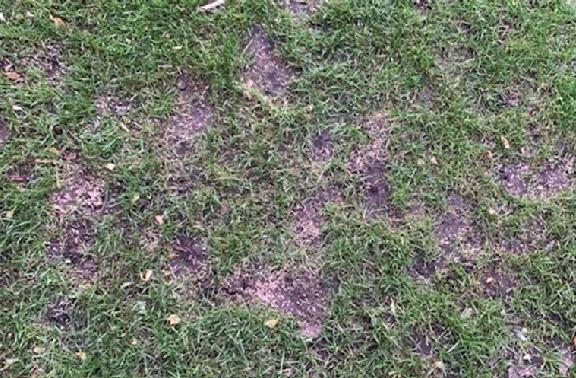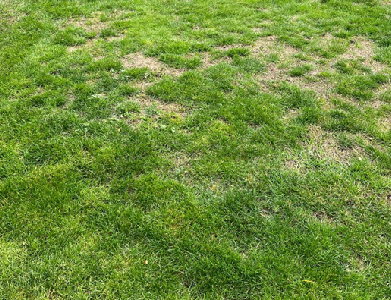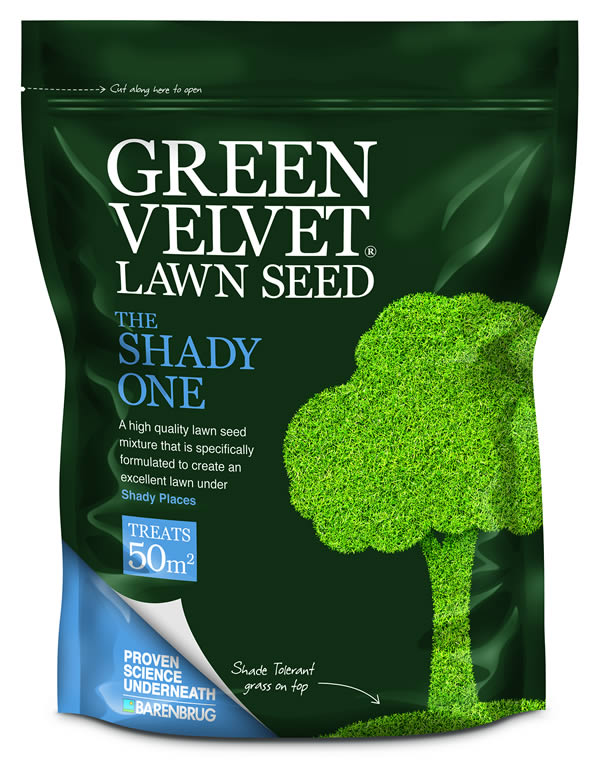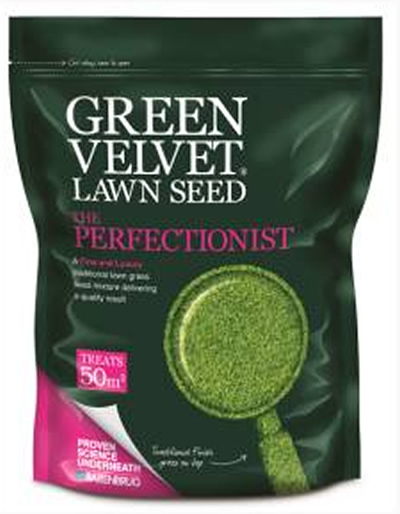Why Patches?
Even with regular care and maintenance lawn surfaces can suffer from thinning, patchiness and occasionally bumps and hollows.
For many these symptoms are a result of normal usage and / or environmental conditions, don’t panic, they can be easily repaired and remedied with a little bit of light work!
Typical causes of bare patches
- Damage by summer drought, heavy usage and foot traffic
- Lawn struggling with shade
- Pet urine has scorched your lawn
- Fungal disease damage
- Lawn grub damage e.g. chafer grub and leather jackets
Why repair patches
- Reduces bare soil for weed and moss invasion
- Maintains grass cover
Evaluation guide

Repair or Renovate?
Evaluation of underlying conditions will ensure that you get the best result from your repair.
Examine the bare patch or patches to determine the underlying cause and address the problem.
Below are the typical examples that we see:

This is typical of a lawn that would benefit from lawn repair.
Observations: Grasses suffered during the summer drought. Underlying thatch is not an issue.
Best remedy: Lawn Repair in Spring, Summer & Autumn periods.
On going care: Regular aeration will aid soil and lawn health. We suggest our Emerald programme.

This is typical of a lawn with underlying thatch and compaction.
Observations: Close examination normally reveals excessive thatch and compaction.
Best remedy: Aeration Scarification and over seeding. Lawn Renovation
On going care: Regular scarification and over seeding will keep the tip top. We suggest Lawn Refresh or Lawn Rejuvenate.
Before you begin
Make sure you have examined the bare areas, determining the underlying cause and what process to follow, you are now ready to start.
For smaller localised bare patches where the soil is visible a repair process is a great way to maintain the consistency of your lawn.
If the underlying reason for the bare patches is thatch and / or compaction, this will need to removed by hand scarification and aerating with a garden fork.
For larger areas think about how long the repair will last and will the underlying reasons for the patch be eliminated by the repair process. More intensive mechanical "work" to the whole lawn area may be more cost effective with better and longer term results.
Finally, repair the patches with good quality seed, we recommend Green Velvet All-Rounder and a top quality lawn dressing or fine grade top soil.
Autumn is a great time due to the warmer soils which speeds up the germination process however spring is also a good time, germination just takes slightly longer due to the cooler soil temperatures.
Following the summer drought of 2022, repairs made now will establish over winter ready for spring 2023.
Lawn repairs for bare or thin patches
Step 1.
Rake the affected areas with a spring rake to remove the dead matter on the surface to reveal the soil surface beneath.
Step 2.
Rough up the soil surface using the same spring rake, this will give the seed a bed to bite into.
Step 3.
Spread the seed evenly over the bare areas at a rate of around 35 grams per square meter.
Step 4.
Cover the seed with a lawn dressing or a fine top soil, (do not use compost) around 6mm depth of coverage is adequate.
Step 5.
Don’t let the top dressing dry out, keep it moist with a light watering daily.
Step 6.
Sit back and relax, you’ve done all the hard work, now it’s natures turn to take over.
We recommend "Green Velvet All-Rounder" and a top quality lawn dressing or fine grade top soil.
Bumps and Hollows
Bumps and hollows are slight undulations that can be solved with top dressing, but anything more than 1/2″ needs a different procedure.
Download our pdf guide
Urine Damage
Where patches are a result of urine damage from pets or foxes.
Rake out the dead grass making sure the soil is well scored. Sprinkle some seed, tread to firm and keep from drying out by frequent light watering.


